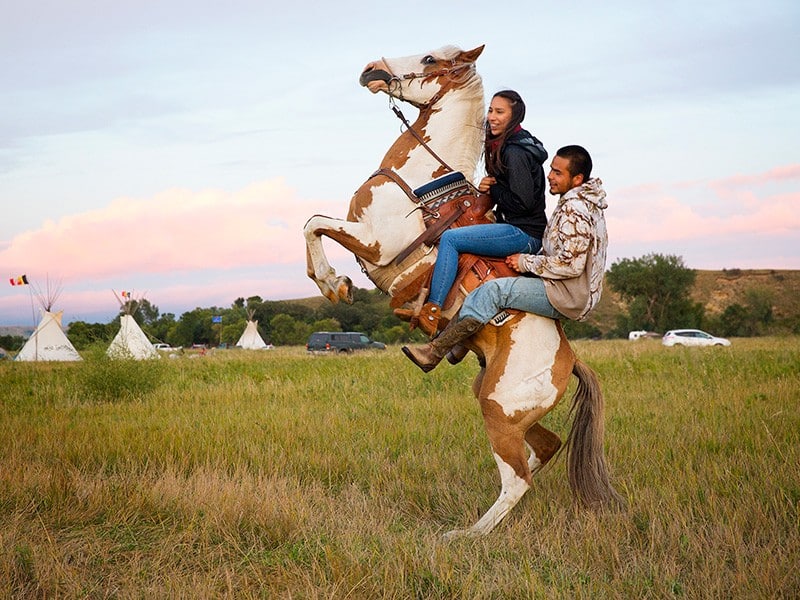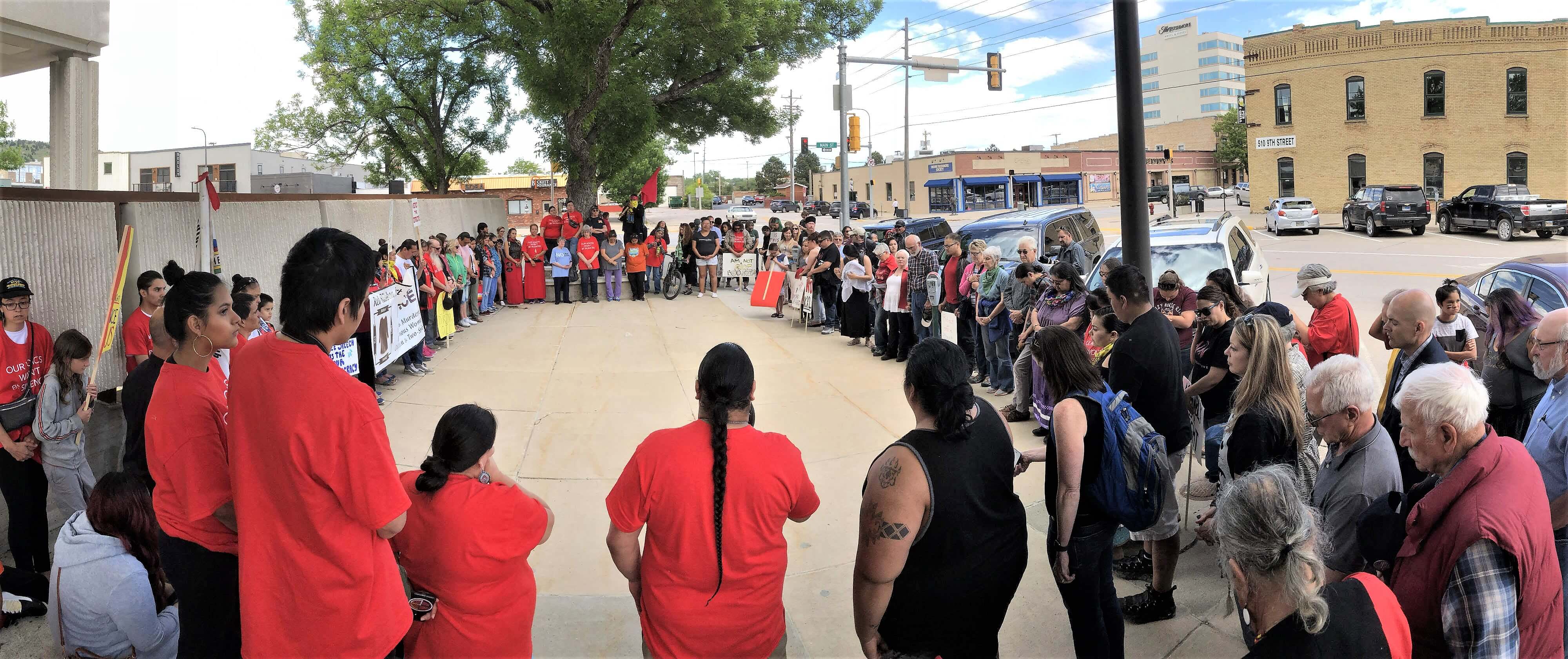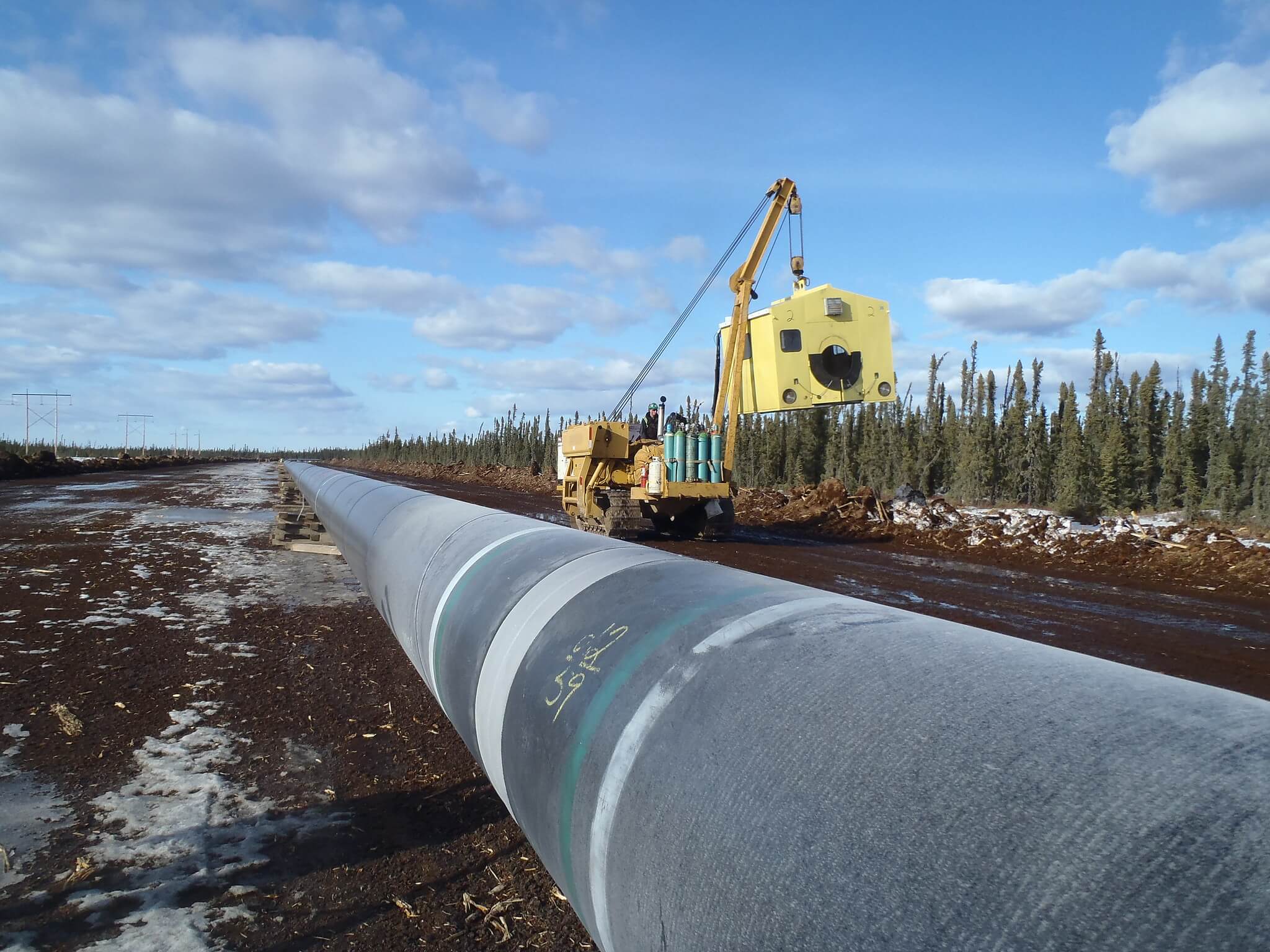Indigenous peoples of North America include those inhabitants who lived here before the arrival of Europeans in the late 15th century, as well as many present-day ethnic groups who identify themselves with those historical peoples.
In Canada, the most commonly used term for indigenous peoples is Aboriginal peoples. Of these Aboriginal peoples who are not Inuit or Métis, First Nations is the most common term of self-identification. First Nations peoples make up approximately 3% of the Canadian population.
Indigenous peoples in the United States are commonly called American Indians or Native Americans. American Indians make up 2% of the population, with more than 6 million people identifying themselves as Native Americans, although only 1.8 million are registered tribal members. Only a minority live on Indian reservations.
Indigenous peoples of Mexico include many cultures—most numerous among them the Nahua people, the Maya peoples, and the Mixtec and Zapotec peoples. Indigenous people, defined primarily as people who speak one of the 62 Indigenous languages of Mexico, are estimated to make up around 9% of the Mexican population—about 10 million people.




